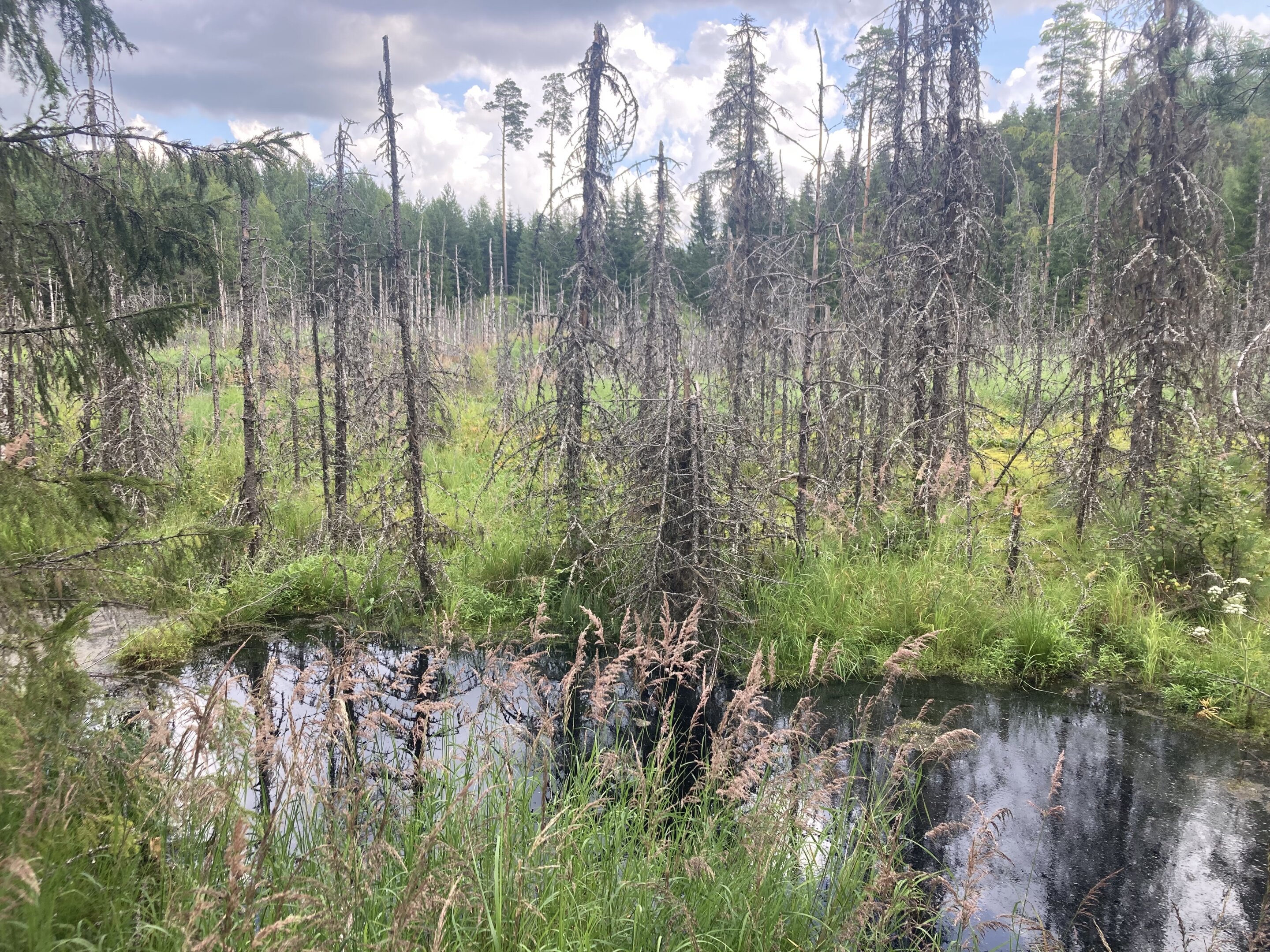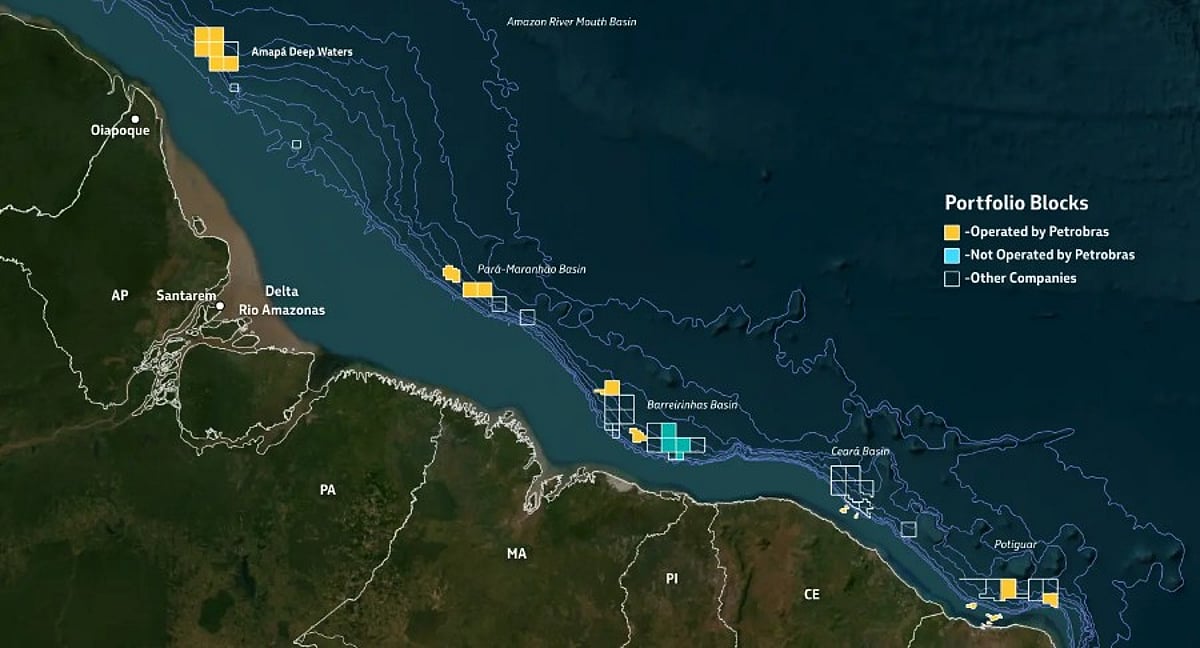Dam Good News: How Beavers Are Transforming Forests Back to Life

In a groundbreaking ecological study that has tracked environmental changes for over half a century, researchers have uncovered the remarkable impact of beaver reintroduction in southern Finland's Evo region. These industrious ecosystem engineers have dramatically transformed the landscape, creating a vibrant tapestry of biodiversity through their natural habitat-building activities.
The long-term research reveals how beavers, once nearly absent from the area, have become powerful agents of ecological restoration. By constructing intricate dam systems and creating wetland environments, these remarkable animals have substantially increased habitat complexity and supported a rich diversity of plant and animal life.
Their ability to reshape landscapes goes far beyond simple dam-building. Each beaver pond becomes a thriving ecosystem, providing critical habitats for numerous species, from aquatic insects to waterfowl and amphibians. The study highlights the beavers' crucial role in ecological regeneration, demonstrating how a single species can have profound and positive effects on regional biodiversity.
This compelling research serves as a powerful reminder of nature's interconnectedness and the potential for wildlife to restore and enhance environmental systems when given the opportunity to flourish.








